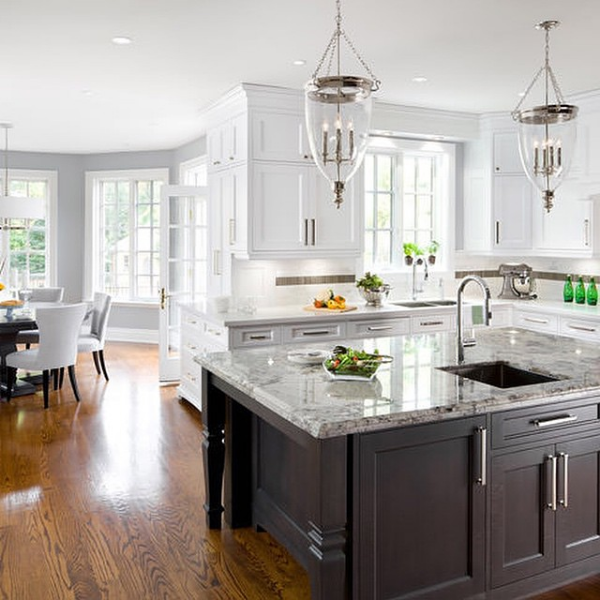
During the rule of England’s King Henry VIII, wood was considered good luck, hence the phrase we still use today, “knock on wood”.
Although we may not view wood as “lucky” today, both solid and engineered prefinished hardwood continues to be the flooring of choice for homes in North America.
With such a ubiquitous material, let’s talk wood and what its wide range of colour options can do to your space! This is not a commentary on wood performance of brand, simply a designer’s view on what I recommend colour-wise to clients.
And remember, if actual wood won’t work in certain applications – be sure to look at porcelain “wood” tiles, as they are amazing! Check out cercantile for great wood-looking tiles!
Dark Hardwood
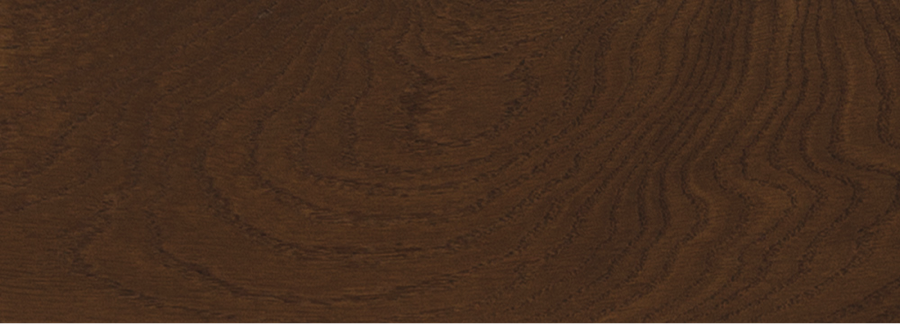
Dark hardwoods have been trending for the last seven to 10 years and for some, it will remain a staple. I like Vintage Flooring’s ‘Gotham’ or Mercier Wood Flooring’s ‘Chocolate Brown’. Almost all flooring companies make a nice rich brown so it’s easy to find.
Bottom Line: Dark woods are more formal as they add contrast to a room particularly with white trim. They require more cleaning if you live in the city (urban dust) or if you have pets. Plus, they can show scratches more than lighter woods if their finish is smooth or glossy.
Light Wood Floors
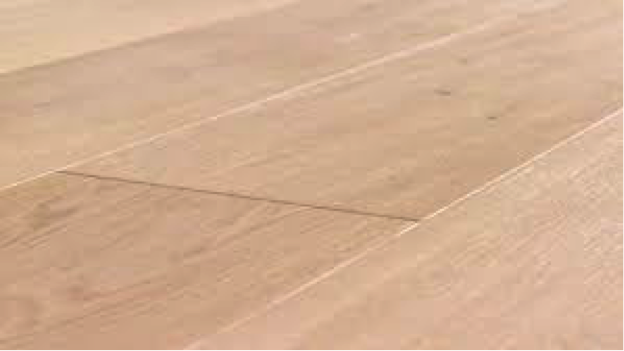
This category has suffered much disdain after the 1980’s, but look for a return to lighter woods. Unlike the shiny yellow wood floors of the “big hair” decade, grayer-blonde woods are the colour-de-jour.
Look for this colour in Vintage’s ‘Orion’ or Kentwood’s, ‘Halfmoon Bay’ as light options without the amber undertone. If you are looking for a really wide board with a natural texture, check out Northern Wide Plank.
On the cutting edge of design today, is white stained hardwood flooring. It’s not for everyone, but it works well with farmhouse or vintage styles. An example is Kãhrs’ ‘Oak Limestone’. This painted rustic finish will look more weathered over time, so keep this in mind if you want your floor to remain pristine.
Bottom Line: Light floors can be more casual and easier to care for as they tend to hide marks, fluff and dust better than darker colours. They can reflect light to brighten a room but if you have a lot of dirt tracking in from outdoors, forget the white and go for blonde instead.
Medium-hue Hardwoods
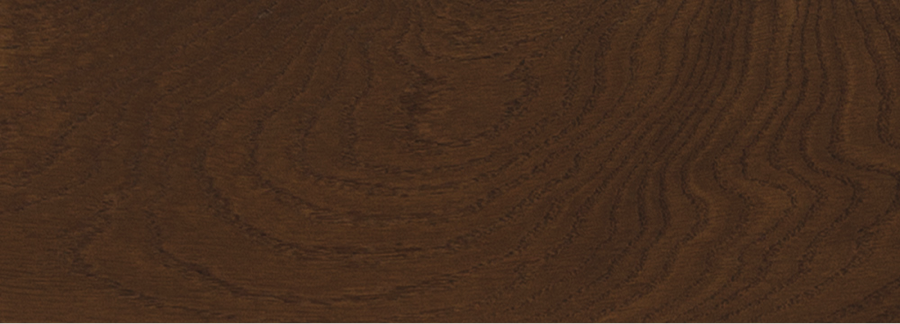
This range includes cognacs, gunstock, medium brown or antique brown: basically anything in the colour of lightly steeped tea.
This family has a lot of variety and is less susceptible to trends as it’s in the mid-range of contrast (neither really light or really dark). I like Torlys’ ‘Langford Smoked Oak’ as it’s not too orange which many people dislike today, as trends lean to taupes and grays in home furnishings.
Bottom Line: Medium wood floors aren’t as dramatic as a white or espresso floor, so other items in the room need to be stronger to give the room punch. But watch that your floor doesn’t get too red, pinkish or orange as it can then become a strong feature that makes other decorating choices more difficult.
Gray Wood Floors
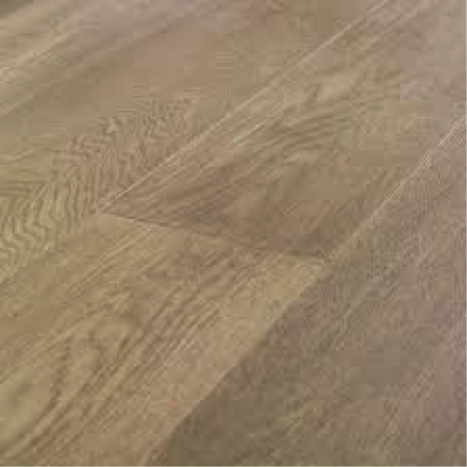
Much has been made about the progression of gray as a hardwood hue but the bigger trend here is the influence gray has had on existing brown and blonde colours, knocking out the previous orange and amber undertones. Kentwood’s ‘Glace Bay’ or ‘Gray’s Harbour’ are both excellent gray options.
Bottom Line: Gray wood floors are a new look and can be less intense than blonde or espresso. This colour is trendier and could wane in popularity over time, so pick it if you love it and don’t worry what designers (like me) have to say!

